Cover
Title Page
Copyright Page
Contents
Preface
Acknowledgments
1 Introduction to Statistics and Data Analysis
1.1 Overview: Statistical Inference, Samples, Populations, and the Role of Probability
1.2 Sampling Procedures; Collection of Data
1.3 Measures of Location: The Sample Mean and Median
Exercises
1.4 Measures of Variability
Exercises
1.5 Discrete and Continuous Data
1.6 Statistical Modeling, Scientific Inspection, and Graphical Diagnostics
1.7 General Types of Statistical Studies: Designed Experiment, Observational Study, and Retrospective Study
Exercises
2 Probability
2.1 Sample Space
2.2 Events
Exercises
2.3 Counting Sample Points
Exercises
2.4 Probability of an Event
2.5 Additive Rules
Exercises
2.6 Conditional Probability, Independence, and the Product Rule
Exercises
2.7 Bayes’ Rule
Exercises
Review Exercises
2.8 Potential Misconceptions and Hazards; Relationship to Material in Other Chapters
3 Random Variables and Probability Distributions
3.1 Concept of a Random Variable
3.2 Discrete Probability Distributions
3.3 Continuous Probability Distributions
Exercises
3.4 Joint Probability Distributions
Exercises
Review Exercises
3.5 Potential Misconceptions and Hazards; Relationship to Material in Other Chapters
4 Mathematical Expectation
4.1 Mean of a Random Variable
Exercises
4.2 Variance and Covariance of Random Variables
Exercises
4.3 Means and Variances of Linear Combinations of Random Variables
4.4 Chebyshev’s Theorem
Exercises
Review Exercises
4.5 Potential Misconceptions and Hazards; Relationship to Material in Other Chapters
5 Some Discrete Probability Distributions
5.1 Introduction and Motivation
5.2 Binomial and Multinomial Distributions
Exercises
5.3 Hypergeometric Distribution
Exercises
5.4 Negative Binomial and Geometric Distributions
5.5 Poisson Distribution and the Poisson Process
Exercises
Review Exercises
5.6 Potential Misconceptions and Hazards; Relationship to Material in Other Chapters
6 Some Continuous Probability Distributions
6.1 Continuous Uniform Distribution
6.2 Normal Distribution
6.3 Areas under the Normal Curve
6.4 Applications of the Normal Distribution
Exercises
6.5 Normal Approximation to the Binomial
Exercises
6.6 Gamma and Exponential Distributions
6.7 Chi-Squared Distribution
6.8 Beta Distribution
6.9 Lognormal Distribution
6.10 Weibull Distribution (Optional)
Exercises
Review Exercises
6.11 Potential Misconceptions and Hazards; Relationship to Material in Other Chapters
7 Functions of Random Variables (Optional)
7.1 Introduction
7.2 Transformations of Variables
7.3 Moments and Moment-Generating Functions
Exercises
8 Fundamental Sampling Distributions and Data Descriptions
8.1 Random Sampling
8.2 Some Important Statistics
Exercises
8.3 Sampling Distributions
8.4 Sampling Distribution of Means and the Central Limit Theorem
Exercises
8.5 Sampling Distribution of S²
8.6 t-Distribution
8.7 F-Distribution
8.8 Quantile and Probability Plots
Exercises
Review Exercises
8.9 Potential Misconceptions and Hazards; Relationship to Material in Other Chapters
9 One- and Two-Sample Estimation Problems
9.1 Introduction
9.2 Statistical Inference
9.3 Classical Methods of Estimation
9.4 Single Sample: Estimating the Mean
9.5 Standard Error of a Point Estimate
9.6 Prediction Intervals
9.7 Tolerance Limits
Exercises
9.8 Two Samples: Estimating the Difference between Two Means
9.9 Paired Observations
Exercises
9.10 Single Sample: Estimating a Proportion
9.11 Two Samples: Estimating the Difference between Two Proportions
Exercises
9.12 Single Sample: Estimating the Variance
9.13 Two Samples: Estimating the Ratio of Two Variances
Exercises
9.14 Maximum Likelihood Estimation (Optional)
Exercises
Review Exercises
9.15 Potential Misconceptions and Hazards; Relationship to Material in Other Chapters
10 One- and Two-Sample Tests of Hypotheses
10.1 Statistical Hypotheses: General Concepts
10.2 Testing a Statistical Hypothesis
10.3 The Use of P-Values for Decision Making in Testing Hypotheses
Exercises
10.4 Single Sample: Tests Concerning a Single Mean
10.5 Two Samples: Tests on Two Means
10.6 Choice of Sample Size for Testing Means
10.7 Graphical Methods for Comparing Means
Exercises
10.8 One Sample: Test on a Single Proportion
10.9 Two Samples: Tests on Two Proportions
Exercises
10.10 One- and Two-Sample Tests Concerning Variances
Exercises
10.11 Goodness-of-Fit Test
10.12 Test for Independence (Categorical Data)
10.13 Test for Homogeneity
10.14 Two-Sample Case Study
Exercises
Review Exercises
10.15 Potential Misconceptions and Hazards; Relationship to Material in Other Chapters
11 Simple Linear Regression and Correlation
11.1 Introduction to Linear Regression
11.2 The Simple Linear Regression Model
11.3 Least Squares and the Fitted Model
Exercises
11.4 Properties of the Least Squares Estimators
11.5 Inferences Concerning the Regression Coefficients
11.6 Prediction
Exercises
11.7 Choice of a Regression Model
11.8 Analysis-of-Variance Approach
11.9 Test for Linearity of Regression: Data with Repeated Observations
Exercises
11.10 Data Plots and Transformations
11.11 Simple Linear Regression Case Study
11.12 Correlation
Exercises
Review Exercises
11.13 Potential Misconceptions and Hazards; Relationship to Material in Other Chapters
12 Multiple Linear Regression and Certain Nonlinear Regression Models
12.1 Introduction
12.2 Estimating the Coefficients
12.3 Linear Regression Model Using Matrices
Exercises
12.4 Properties of the Least Squares Estimators
12.5 Inferences in Multiple Linear Regression
Exercises
12.6 Choice of a Fitted Model through Hypothesis Testing
12.7 Special Case of Orthogonality (Optional)
Exercises
12.8 Categorical or Indicator Variables
Exercises
12.9 Sequential Methods for Model Selection
12.10 Study of Residuals and Violation of Assumptions (Model Checking)
12.11 Cross Validation, Cp, and Other Criteria for Model Selection
Exercises
12.12 Special Nonlinear Models for Nonideal Conditions
Exercises
Review Exercises
12.13 Potential Misconceptions and Hazards; Relationship to Material in Other Chapters
13 One-Factor Experiments: General
13.1 Analysis-of-Variance Technique
13.2 The Strategy of Experimental Design
13.3 One-Way Analysis of Variance: Completely Randomized Design (One-Way ANOVA)
13.4 Tests for the Equality of Several Variances
Exercises
13.5 Single-Degree-of-Freedom Comparisons
13.6 Multiple Comparisons
Exercises
13.7 Comparing a Set of Treatments in Blocks
13.8 Randomized Complete Block Designs
13.9 Graphical Methods and Model Checking
13.10 Data Transformations in Analysis of Variance
Exercises
13.11 Random Effects Models
13.12 Case Study
Exercises
Review Exercises
13.13 Potential Misconceptions and Hazards; Relationship to Material in Other Chapters
14 Factorial Experiments (Two or More Factors)
14.1 Introduction
14.2 Interaction in the Two-Factor Experiment
14.3 Two-Factor Analysis of Variance
Exercises
14.4 Three-Factor Experiments
Exercises
14.5 Factorial Experiments for Random Effects and Mixed Models
Exercises
Review Exercises
14.6 Potential Misconceptions and Hazards; Relationship to Material in Other Chapters
15 2k Factorial Experiments and Fractions
15.1 Introduction
15.2 The 2k Factorial: Calculation of Effects and Analysis of Variance
15.3 Nonreplicated 2k Factorial Experiment
Exercises
15.4 Factorial Experiments in a Regression Setting
15.5 The Orthogonal Design
Exercises
15.6 Fractional Factorial Experiments
15.7 Analysis of Fractional Factorial Experiments
Exercises
15.8 Higher Fractions and Screening Designs
15.9 Construction of Resolution III and IV Designs with 8, 16, and 32 Design Points
15.10 Other Two-Level Resolution III Designs; The Plackett-Burman Designs
15.11 Introduction to Response Surface Methodology
15.12 Robust Parameter Design
Exercises
Review Exercises
15.13 Potential Misconceptions and Hazards; Relationship to Material in Other Chapters
16 Nonparametric Statistics
16.1 Nonparametric Tests
16.2 Signed-Rank Test
Exercises
16.3 Wilcoxon Rank-Sum Test
16.4 Kruskal-Wallis Test
Exercises
16.5 Runs Test
16.6 Tolerance Limits
16.7 Rank Correlation Coefficient
Exercises
Review Exercises
17 Statistical Quality Control
17.1 Introduction
17.2 Nature of the Control Limits
17.3 Purposes of the Control Chart
17.4 Control Charts for Variables
17.5 Control Charts for Attributes
17.6 Cusum Control Charts
Review Exercises
18 Bayesian Statistics
18.1 Bayesian Concepts
18.2 Bayesian Inferences
18.3 Bayes Estimates Using Decision Theory Framework
Exercises
Bibliography
Appendix A: Statistical Tables and Proofs
Appendix B: Answers to Odd-Numbered Non-Review Exercises
Index
A
B
C
D
E
F
G
H
I
J
K
L
M
N
O
P
Q
R
S
T
U
V
W
X
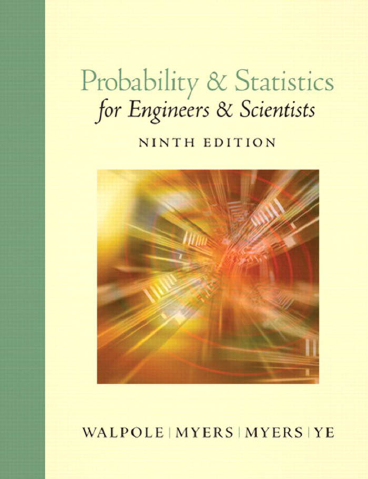


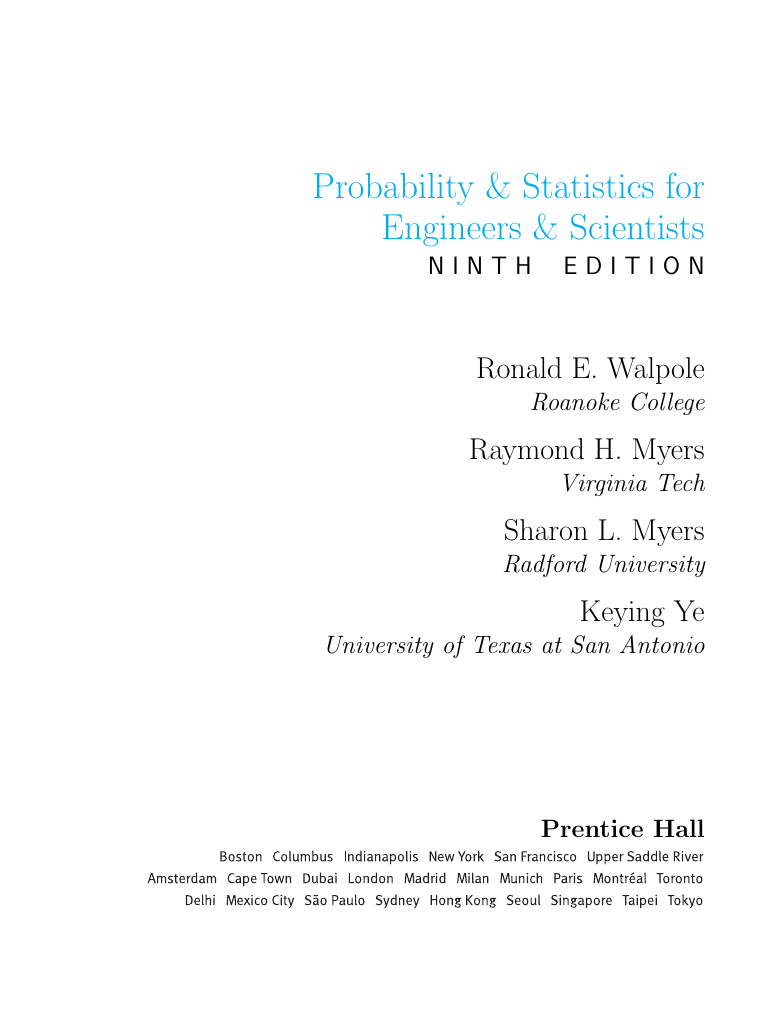












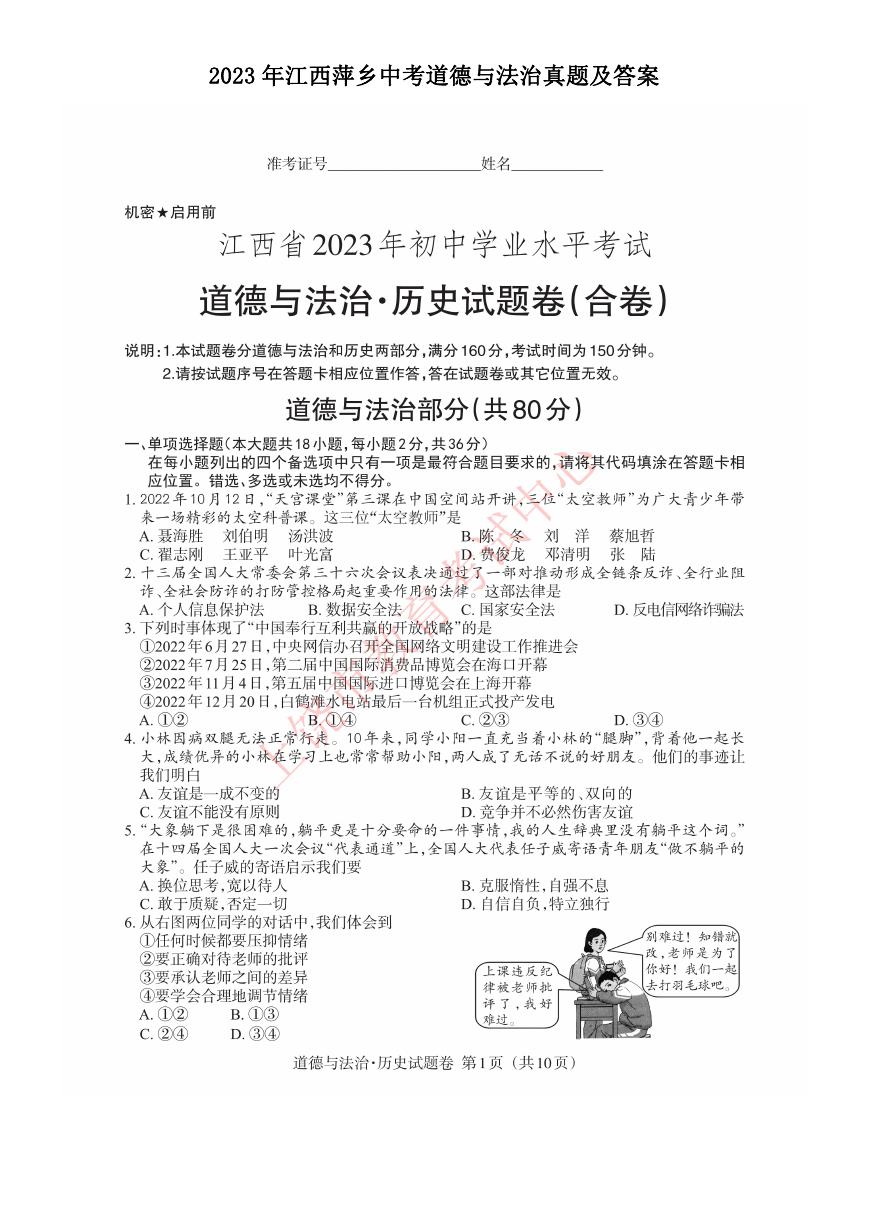 2023年江西萍乡中考道德与法治真题及答案.doc
2023年江西萍乡中考道德与法治真题及答案.doc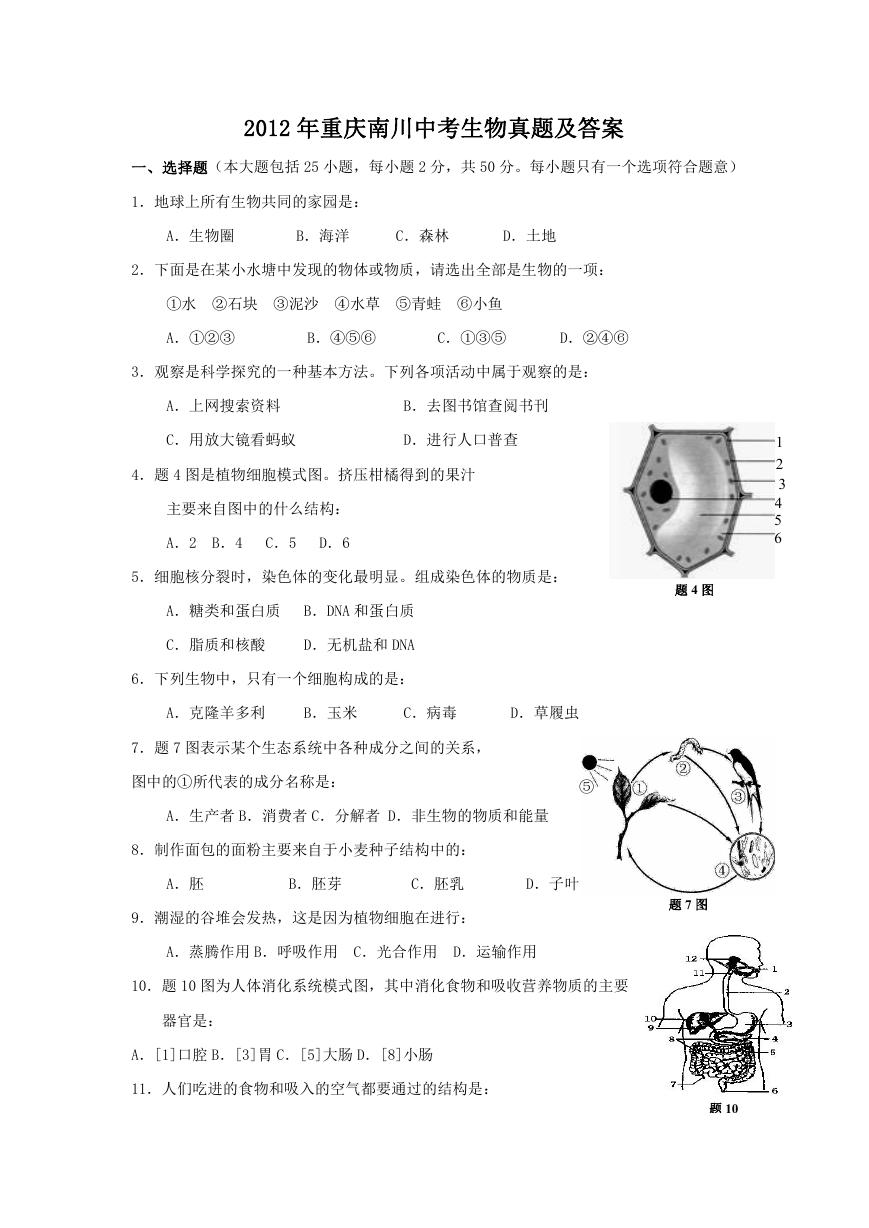 2012年重庆南川中考生物真题及答案.doc
2012年重庆南川中考生物真题及答案.doc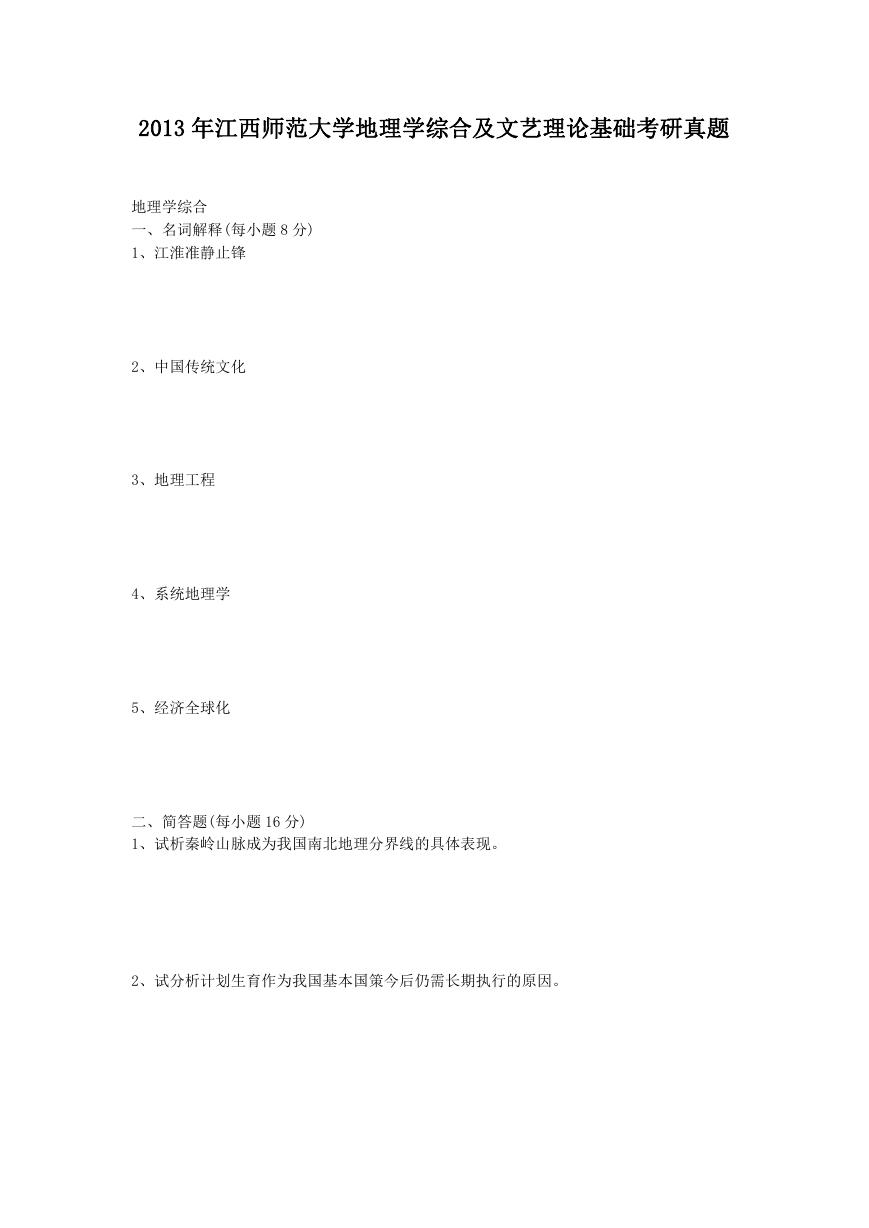 2013年江西师范大学地理学综合及文艺理论基础考研真题.doc
2013年江西师范大学地理学综合及文艺理论基础考研真题.doc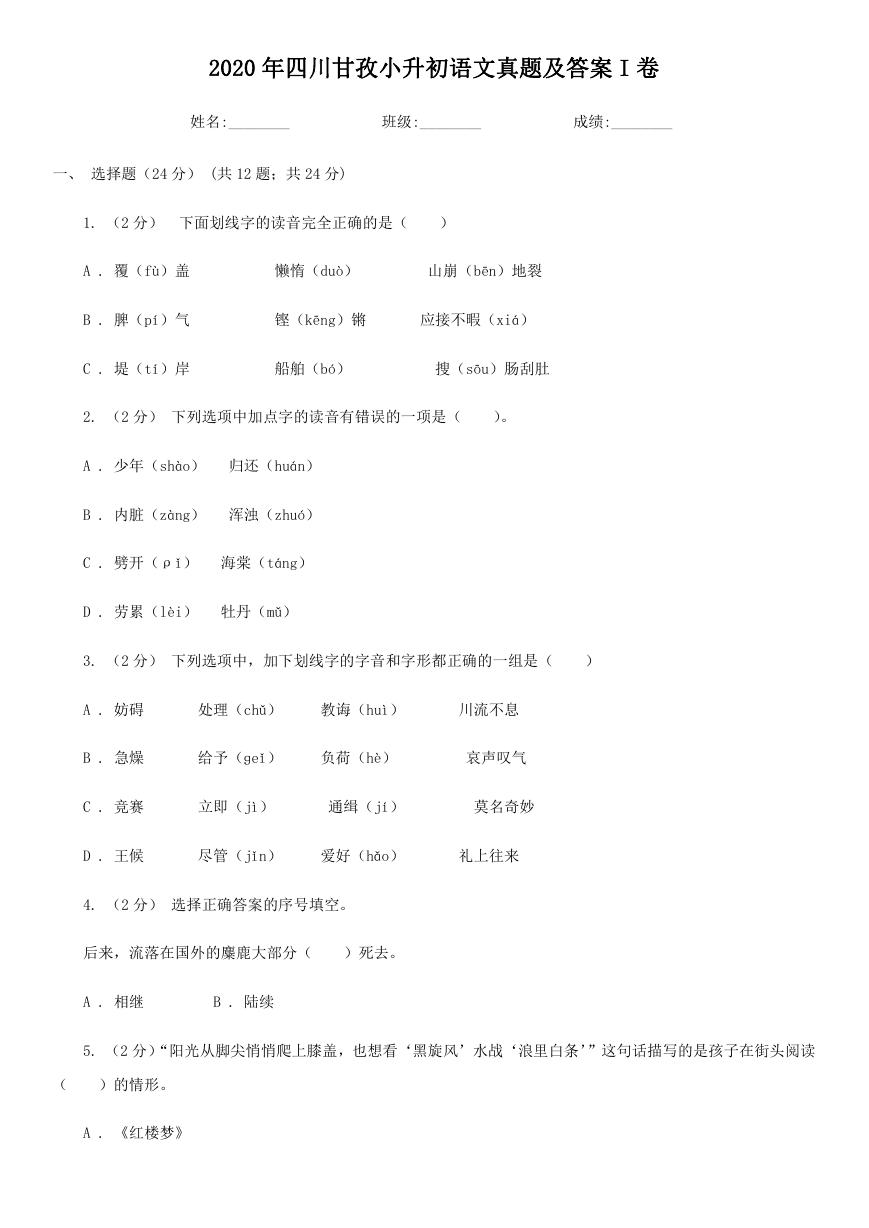 2020年四川甘孜小升初语文真题及答案I卷.doc
2020年四川甘孜小升初语文真题及答案I卷.doc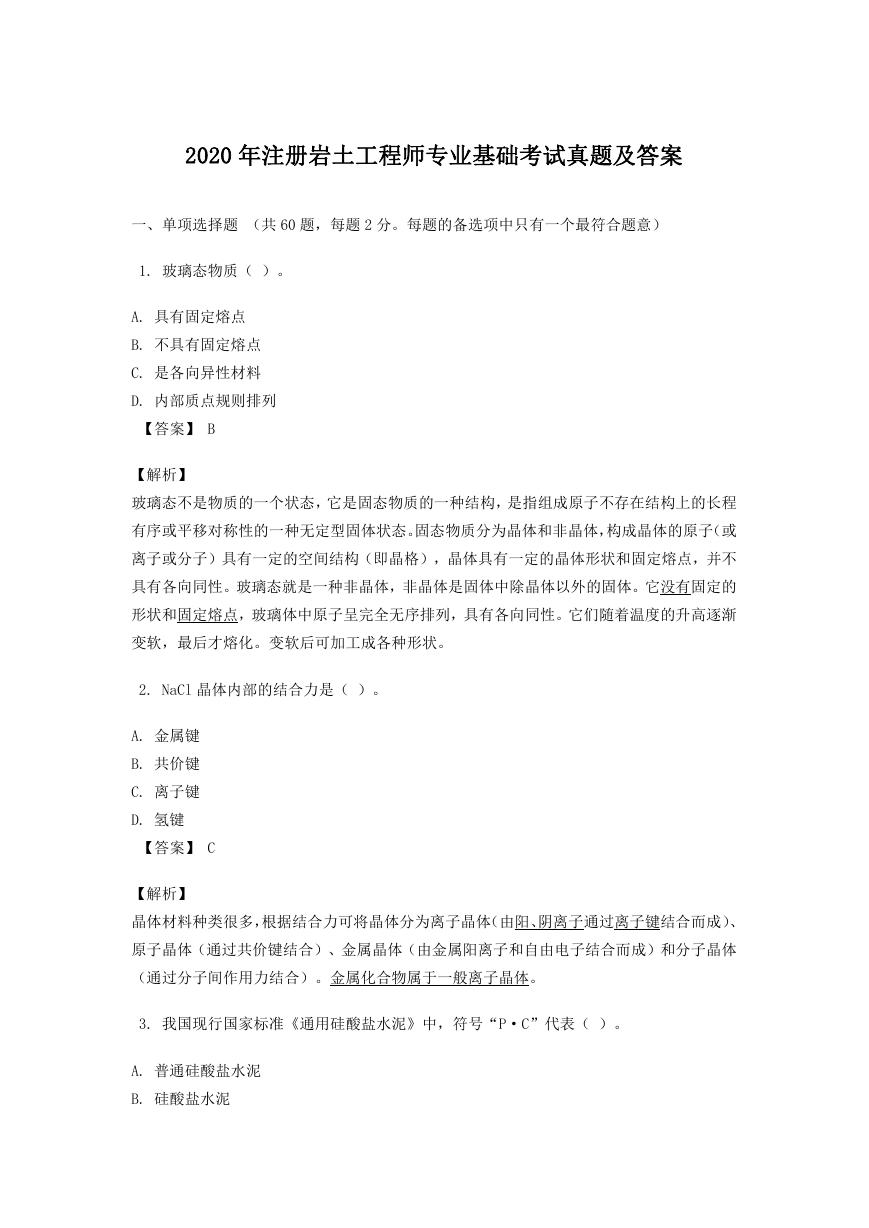 2020年注册岩土工程师专业基础考试真题及答案.doc
2020年注册岩土工程师专业基础考试真题及答案.doc 2023-2024学年福建省厦门市九年级上学期数学月考试题及答案.doc
2023-2024学年福建省厦门市九年级上学期数学月考试题及答案.doc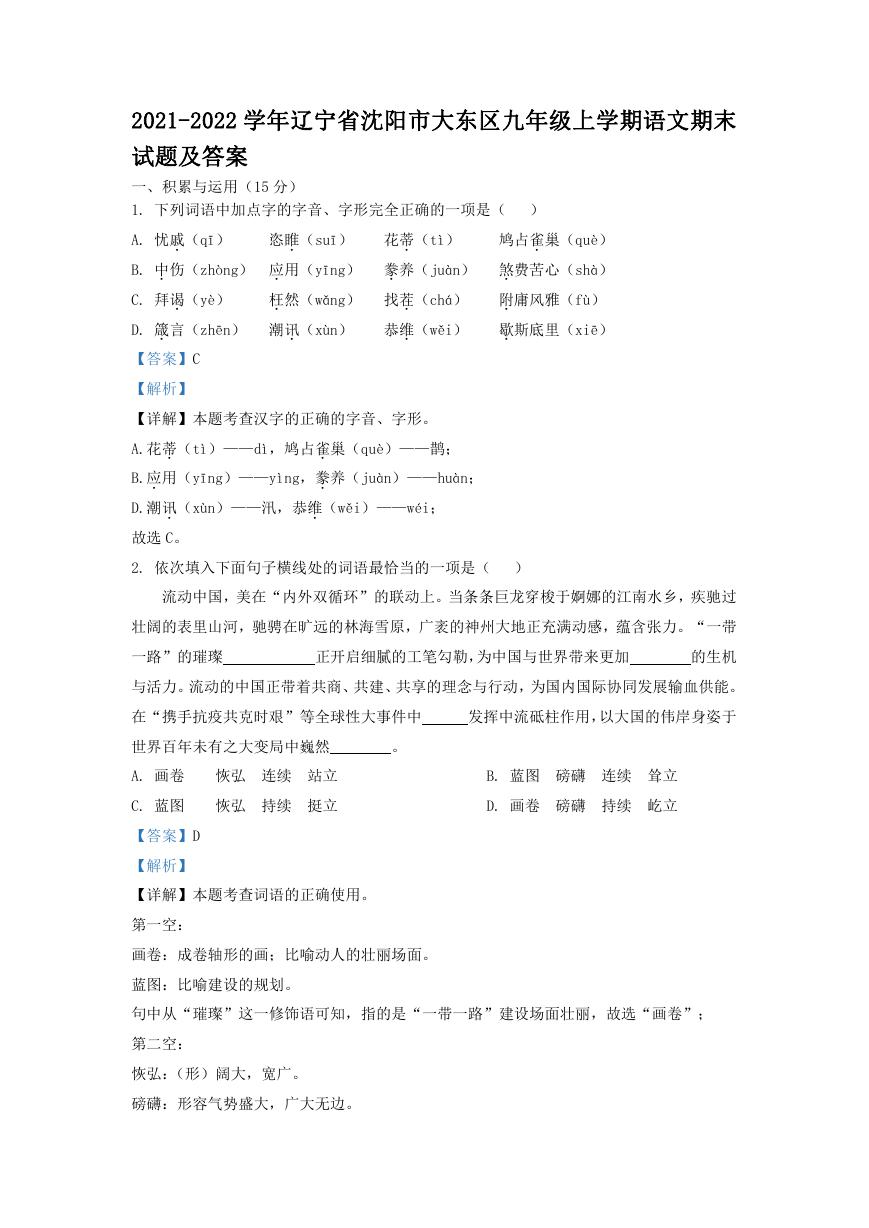 2021-2022学年辽宁省沈阳市大东区九年级上学期语文期末试题及答案.doc
2021-2022学年辽宁省沈阳市大东区九年级上学期语文期末试题及答案.doc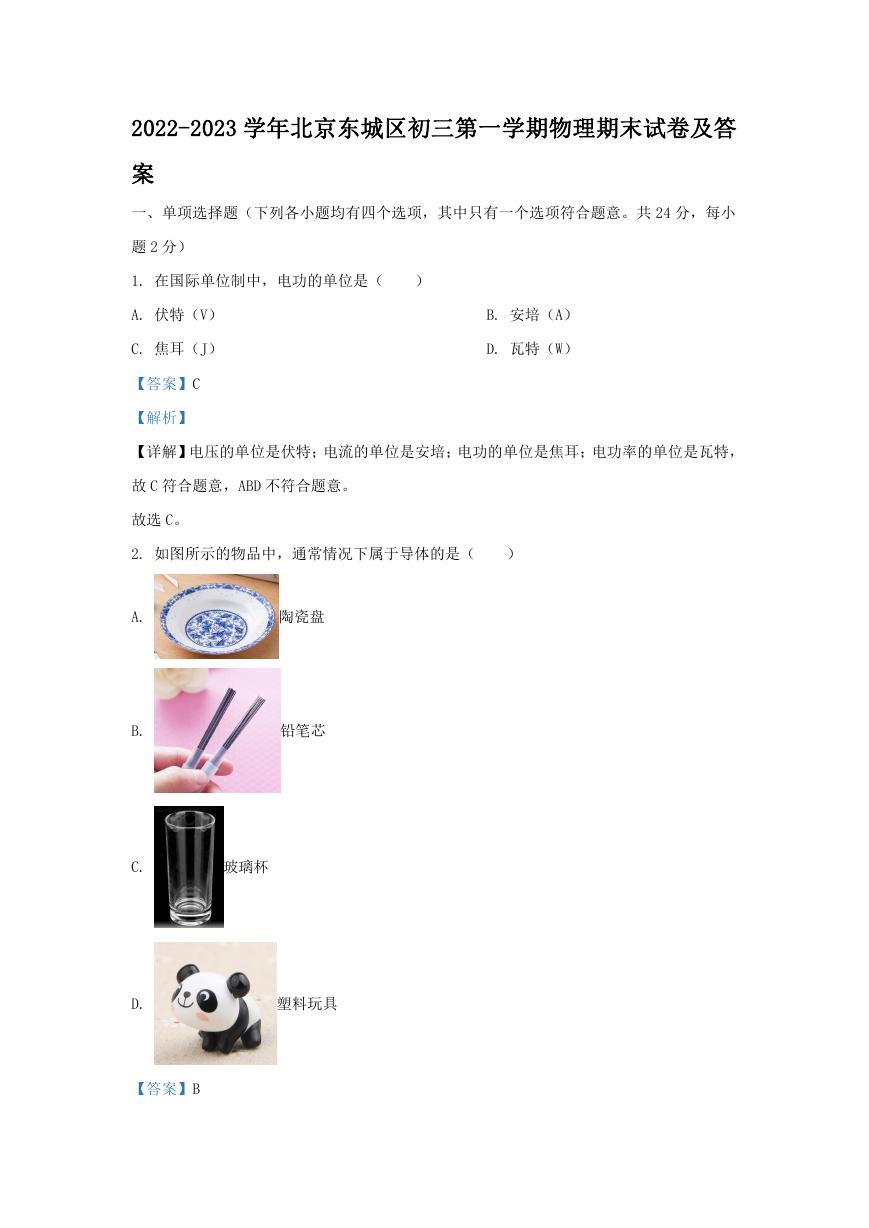 2022-2023学年北京东城区初三第一学期物理期末试卷及答案.doc
2022-2023学年北京东城区初三第一学期物理期末试卷及答案.doc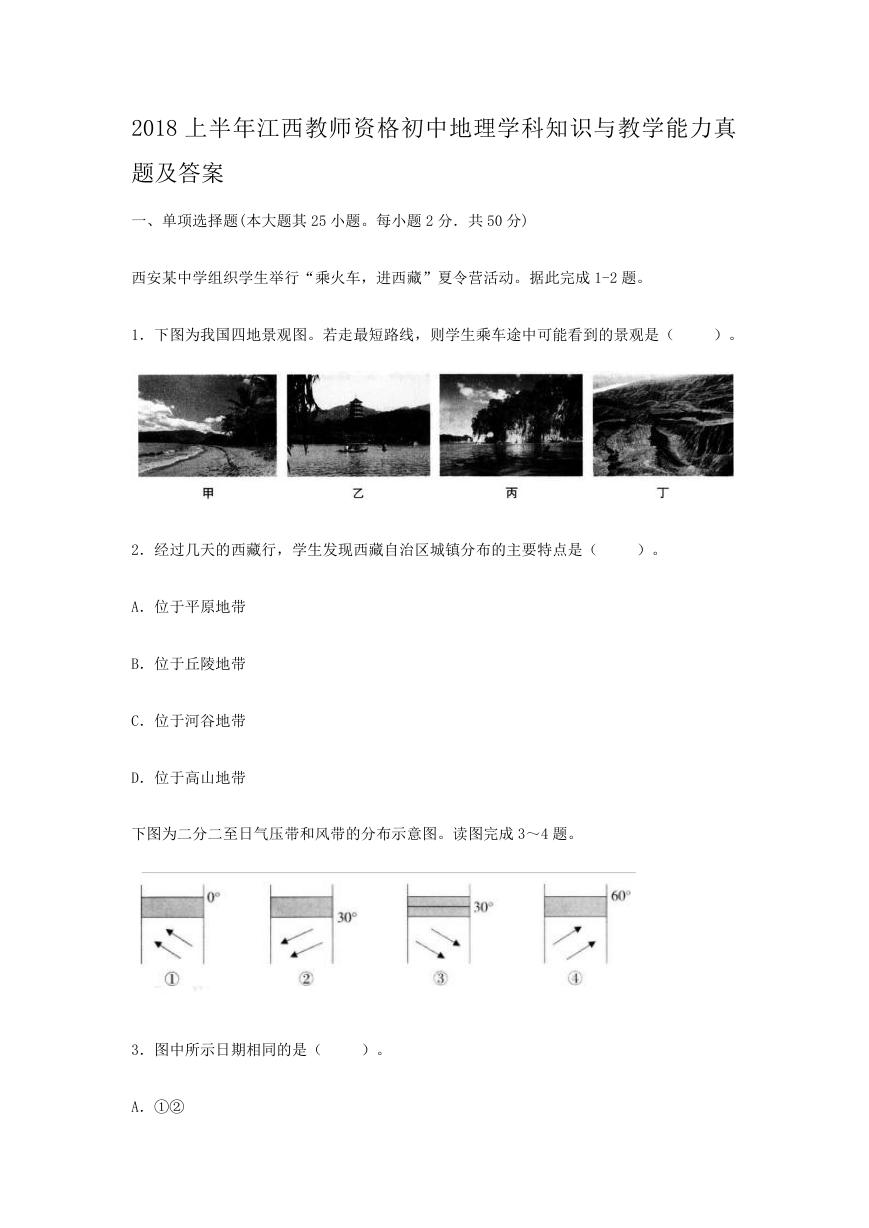 2018上半年江西教师资格初中地理学科知识与教学能力真题及答案.doc
2018上半年江西教师资格初中地理学科知识与教学能力真题及答案.doc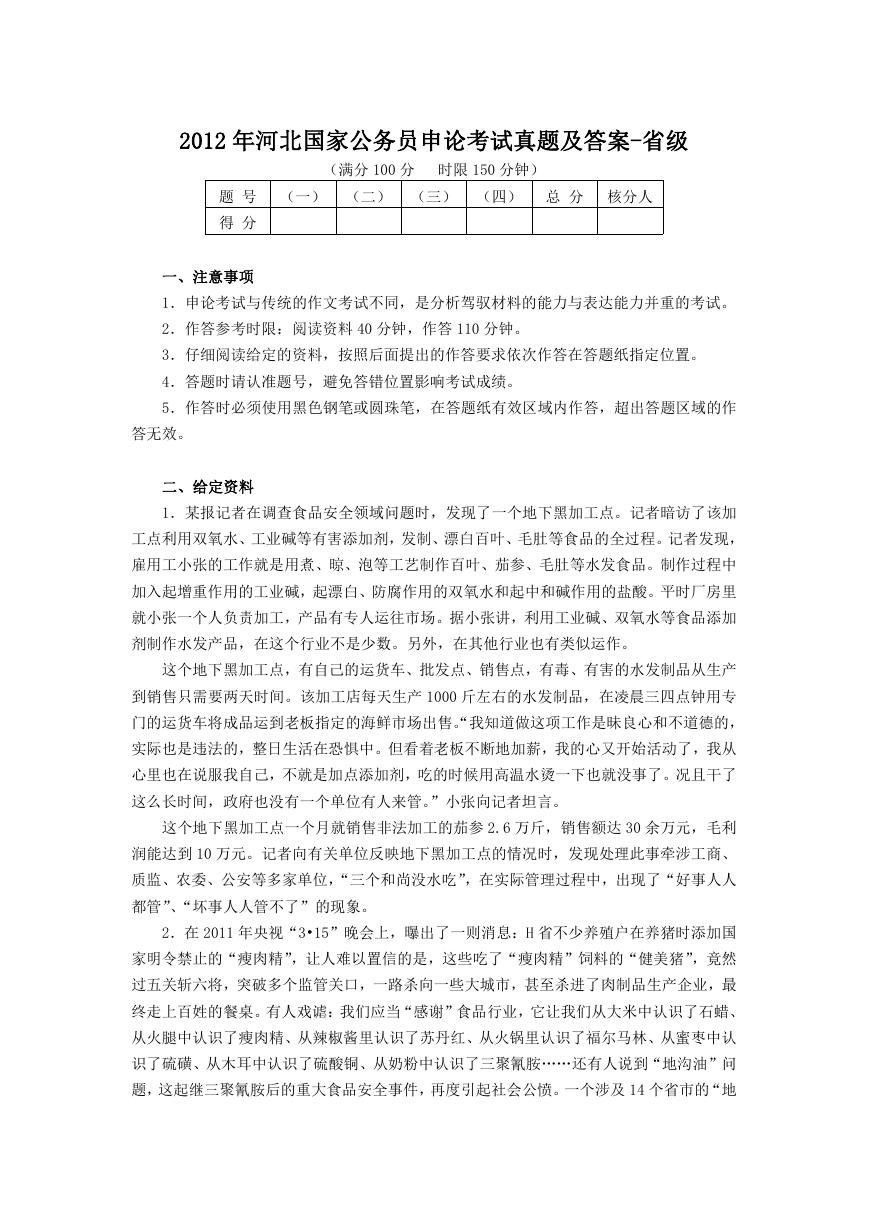 2012年河北国家公务员申论考试真题及答案-省级.doc
2012年河北国家公务员申论考试真题及答案-省级.doc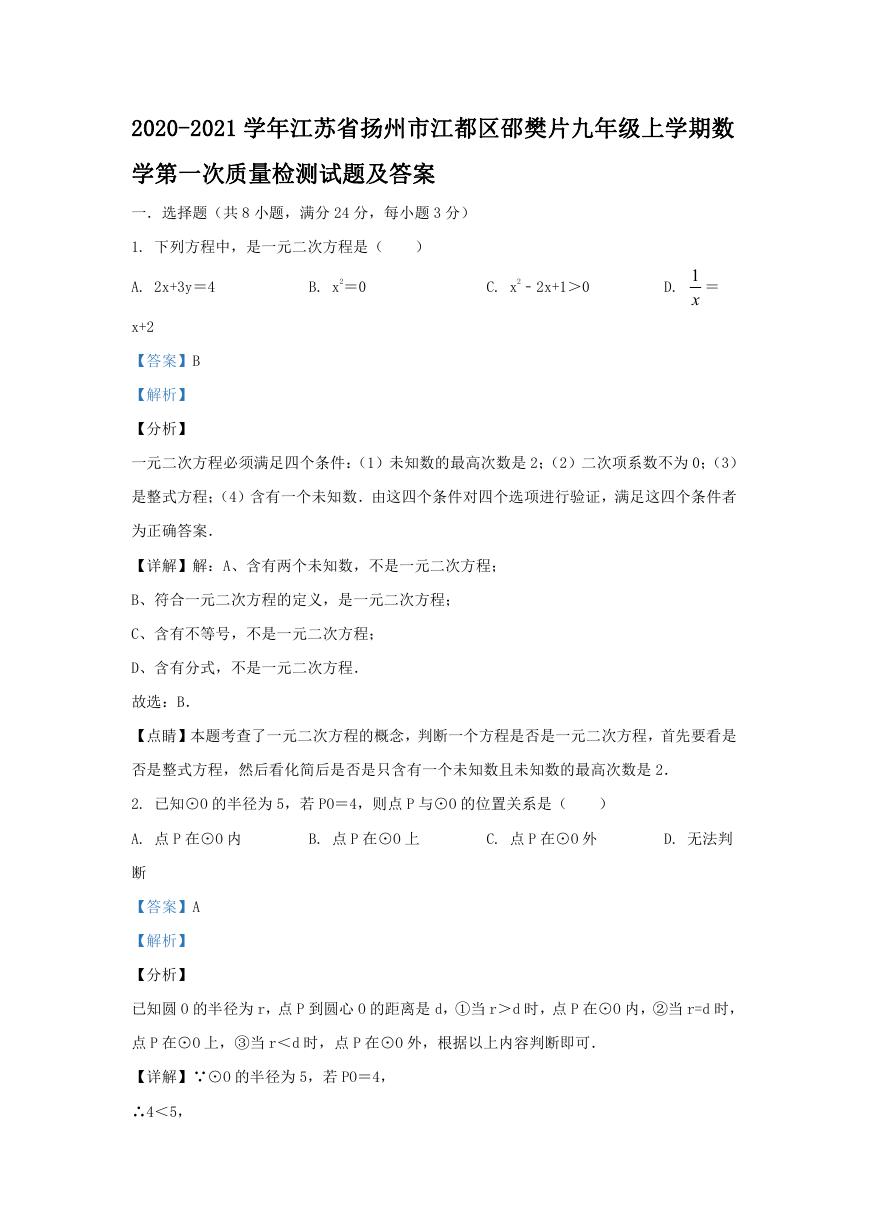 2020-2021学年江苏省扬州市江都区邵樊片九年级上学期数学第一次质量检测试题及答案.doc
2020-2021学年江苏省扬州市江都区邵樊片九年级上学期数学第一次质量检测试题及答案.doc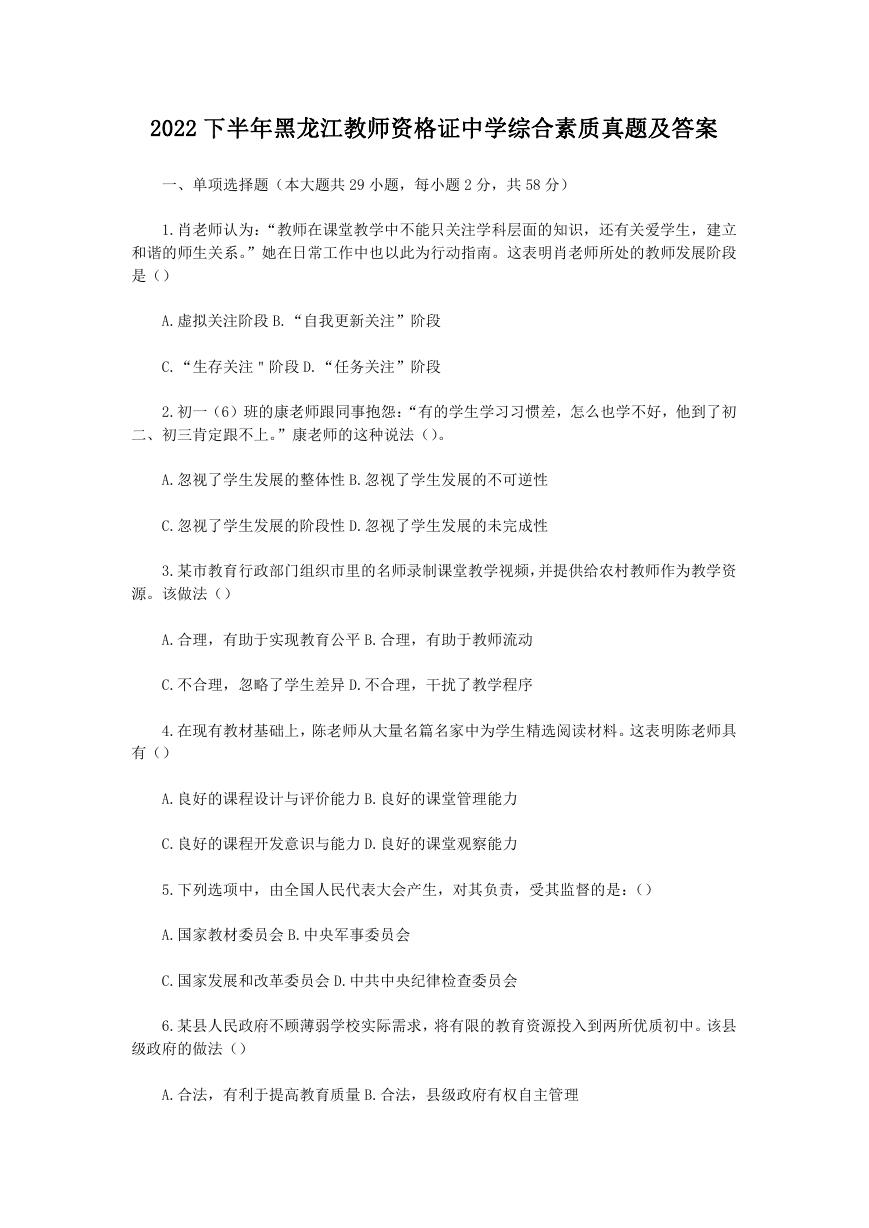 2022下半年黑龙江教师资格证中学综合素质真题及答案.doc
2022下半年黑龙江教师资格证中学综合素质真题及答案.doc